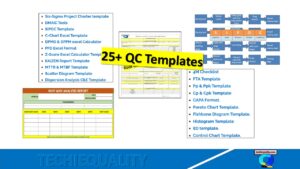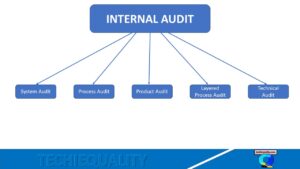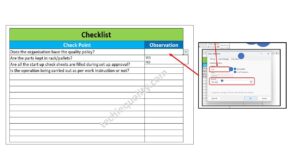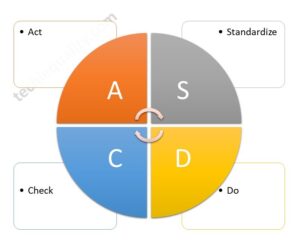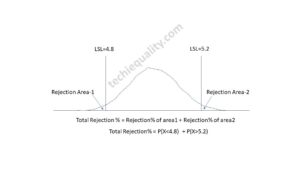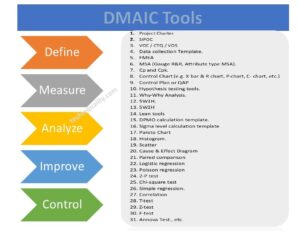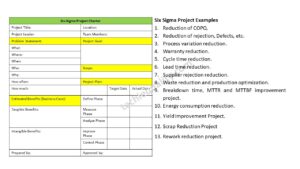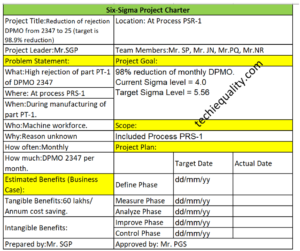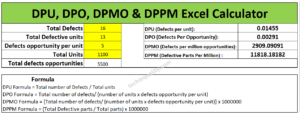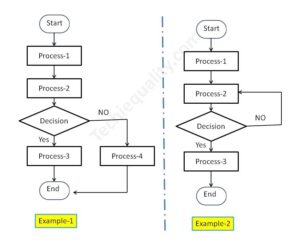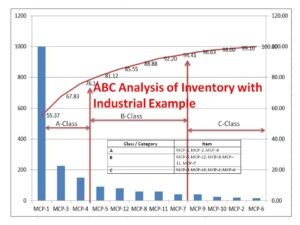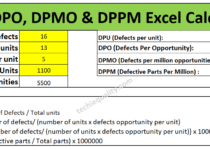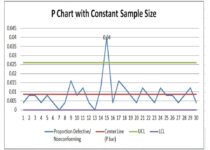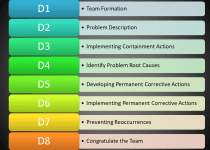SDCA Cycle understanding with Manufacturing Example | PDCA vs SDCA
SDCA Cycle understanding with Manufacturing Example | PDCA vs SDCA
Hello readers! Today we are going to discuss on SDCA Cycle, which is very commonly used in manufacturing industries for sustenance and improvement purposes. The SDCA cycle stands for Standardize, Do, Check, and Act. There is always confusion between PDCA and SDCA cycle. But today here we will learn the difference between the PDCA and SDCA as well. We have already published an article on the PDCA cycle with a manufacturing example, if you would like to learn more about the PDCA cycle then go through the below-given topic link.
Concept and practical application of PDCA Cycle with manufacturing example.
Before we start with the SDCA cycle we would just learn about the PDCA cycle with manufacturing examples, so that we can better understand the concept of SDCA. Suppose a company has a high rejection% of 5% at a particular process-A and management decided to take an improvement project to reduce the rejection% from 5% to 1% through the PDCA cycle. So the project has been handed over to the Process QA champion for successful completion. With the help of the PDCA cycle The QA champion has planned an action plan based on bream storming and why- why analysis, Root cause, and action plan has been identified, based on the root cause, a proposed action plan has been taken in the plan phase of PDCA cycle. And in the DO phase, all action plan has been implemented. In the Check phase, the performance monitoring was checked and in the Act phase according to the performance result team decided whether to continue the cycle further or not, if the performance result achieved the target value then don’t require to repeat the cycle until unless no further improvement is planned. As you know that during the DO-phase. Many action has been implemented in practice and also finally you have achieved the improvement target as well, but one question is that operation is a dynamic process if you could not standardize the action taken and if whatever you have implemented the action will not sustain then there definitely your process performance or improvement project performance will be come to initial performance level. I meant to say that again your process rejection will be 5% or maybe more due to lack of sustenance of action taken. So it is important to maintain the sustenance of action taken that is why SDCA cycle is required.
SDCA Cycle:
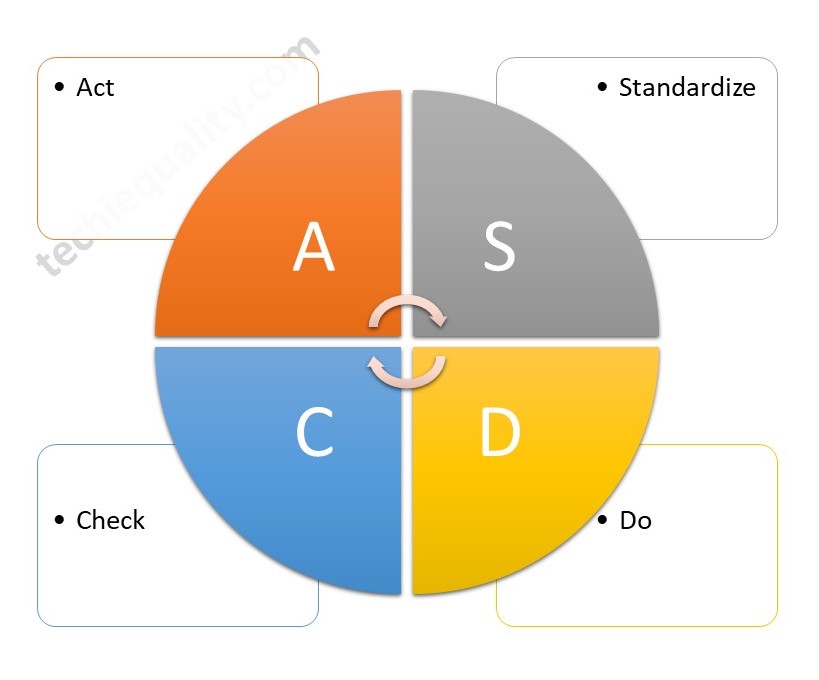
Let us understand the SDCA Cycle with a manufacturing industrial example, suppose a company plans to improve the process-A by reducing the rejection percentage. And execute the PDCA cycle and take the action plan and implemented the action plan. As an action plan, they have installed error proofing (Automatic detection sensor, height detection sensor, and camera as well). Also, they have imparted training to operators. After successfully implementing of action plan they have achieved the target value and reduced the rejection percentage. As you know that next, important point is to sustain the action taken so that the process will not deteriorate. Hence to sustain the process you have to apply the SDCA cycle lets understand it in detail with the above example.
Standardize Phase:
First of all, In standardize phase, we have to standardize the action taken. According to the above example, we have to prepare the SOP for error error-proofing testing procedure. Maintenance, calibration, and also need to add the error-proofing in the control plan for monitoring and measurement purposes also. Periodic training procedures along with the visual display, OPL need to be standardized. So these are one of the examples, accordingly, you can standardize the action taken to sustain the process performance.
DO Phase:
In the Do phase, we have to implement, whatever standardizes in S-Phase.
Check phase:
In the Check phase, we have to check and follow the Standardize one, whatever the Standardize in S-phase. We have to check the performance level that process performing the sustenance level or not.
Act Phase;
In the Act phase, according to the performance result you have to act on it. If your performance level /output is meeting the target value then it’s ok. If not then you have to act on it means need a further action plan.
You can plan for further improvement of your process by applying again PDCA cycle. It’s a common question many people think how many times do we need to apply the PDCA cycle? I think You can continue the PDCA cycle until achieve the improvement target.

Useful Post:
DPMO Calculation, Formula, Template & Manufacturing Example
Six Sigma Project Examples | 15+ Project Examples
CAPA Example | Manufacturing examples | CAPA Meaning
DMAIC Tools | DMAIC Template | Six Sigma Methodologies | 30+ Free Tools
More on Techiequality
